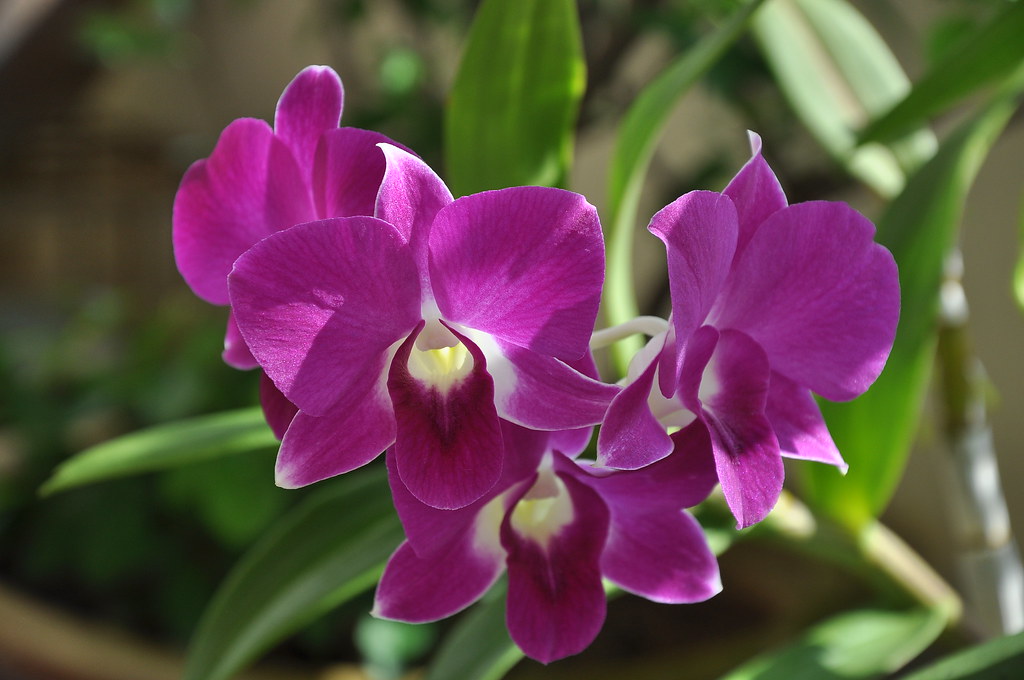This 'life-like' issue in photo taking has been bugging me from quite a while now and whenever I see a photo that is so 'real' and it was as if I'm standing there & then while other times I look at another photo as if it's 'overprocessed' and not so real like.
To give an illustration of what I mean. Take for example these two photos I borrowed from this thread .
Photo courtesy of siahweiian

Photo courtesy of lqysg

Obviously you can see the 1st photo looks more real than the 2nd photo. Of course you will agrue that one is taken using a CMOS vs a CCD sensor, 12.3MP vs 10.3MP & the settings of both cams are obviously diff but what I want to know is which setting is ideal? What about Picture control like Neutral or Standard or Vivid how big a difference they make?
I've been using diff modes/meterings/controls to try capture this 'real-life' image & looking thru sometimes I got it but another time it's not:dunno: Can the experts pls stand up:lovegrin:
To give an illustration of what I mean. Take for example these two photos I borrowed from this thread .
Photo courtesy of siahweiian

Photo courtesy of lqysg

Obviously you can see the 1st photo looks more real than the 2nd photo. Of course you will agrue that one is taken using a CMOS vs a CCD sensor, 12.3MP vs 10.3MP & the settings of both cams are obviously diff but what I want to know is which setting is ideal? What about Picture control like Neutral or Standard or Vivid how big a difference they make?
I've been using diff modes/meterings/controls to try capture this 'real-life' image & looking thru sometimes I got it but another time it's not:dunno: Can the experts pls stand up:lovegrin:


